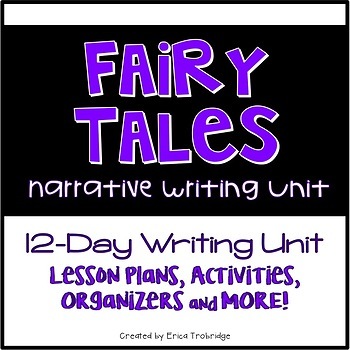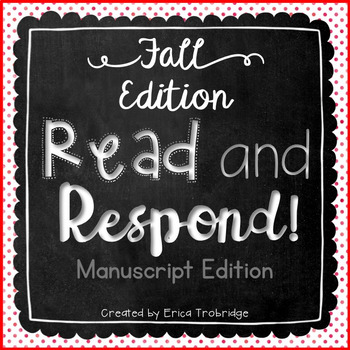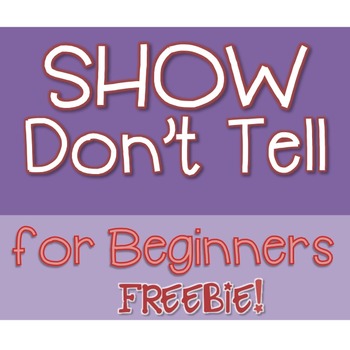Last year I discovered how few of my students were actually using a writing plan to guide their writing. I shouldn't have been surprised, but I was. After all, we had spent SO MUCH time during the Launching unit to teach and practice how writers plan their ideas before they begin drafting.
But why did I expect them to do this every time if I wasn't modeling it every time? I think that's where I made my mistake. Especially in the beginning, students need LOTS of modeling and repetition.
This year, we've spent tons of time planning our writing with partners and independently with half-page writing planners. I've learned that these half-pagers help students feel less overwhelmed by the planning step of the writing process, and visually just feels more manageable for their little hands.
Planning is such an important step, and can mean the difference between drafting an all-over-the-place piece of writing, and one that sticks to a focused point. By providing students with options for ways to plan their writing, along with specific, modeled lessons for what it looks like to use each planner, we can ensure students will have much more focused, thoughtful drafts.


Be sure to download these free writing planners from my TpT store... And for more guidance and detailed lesson plans, check out my entire writing units by clicking on the product pics below. :)
















